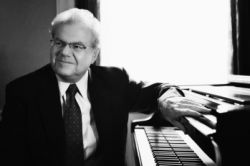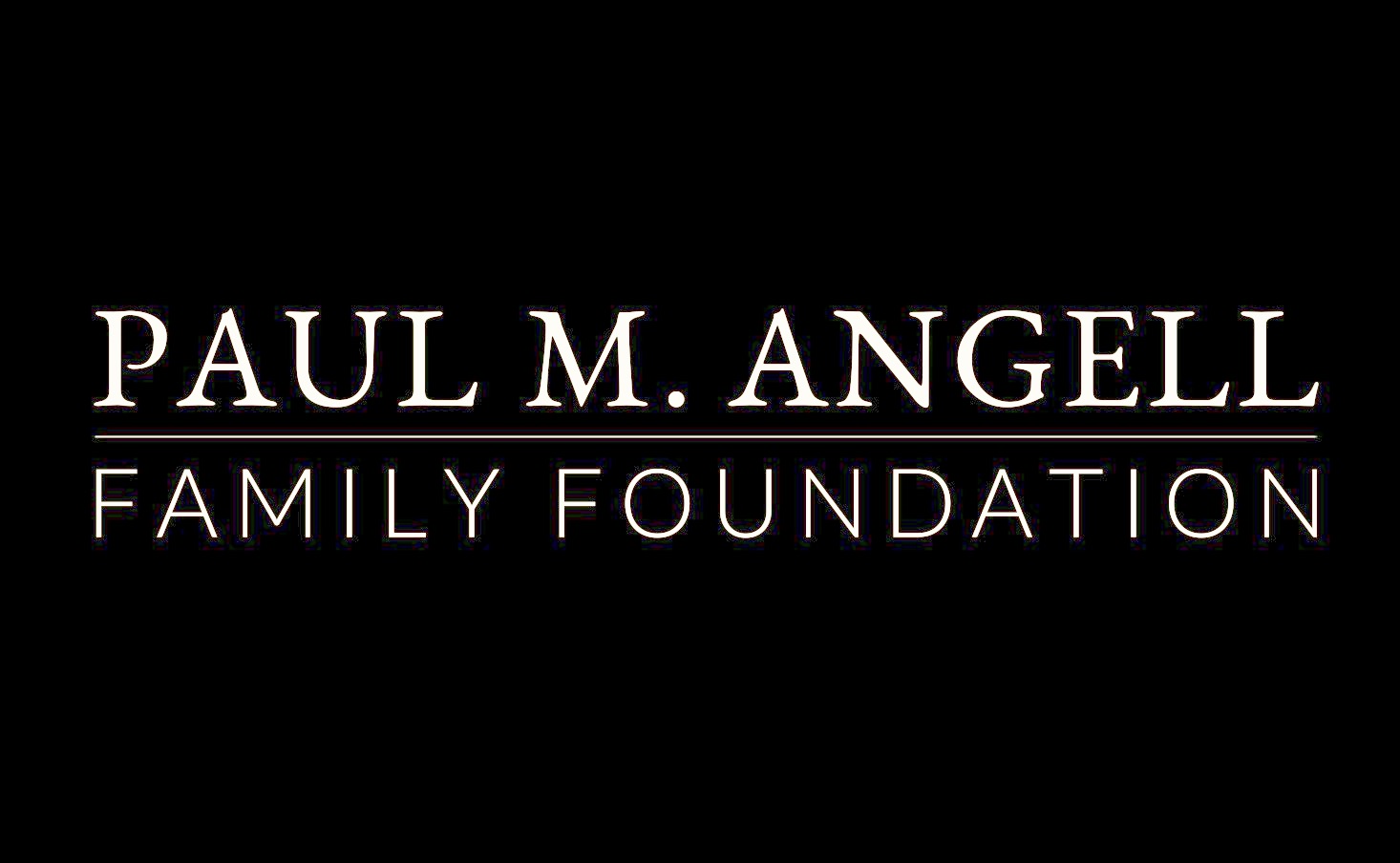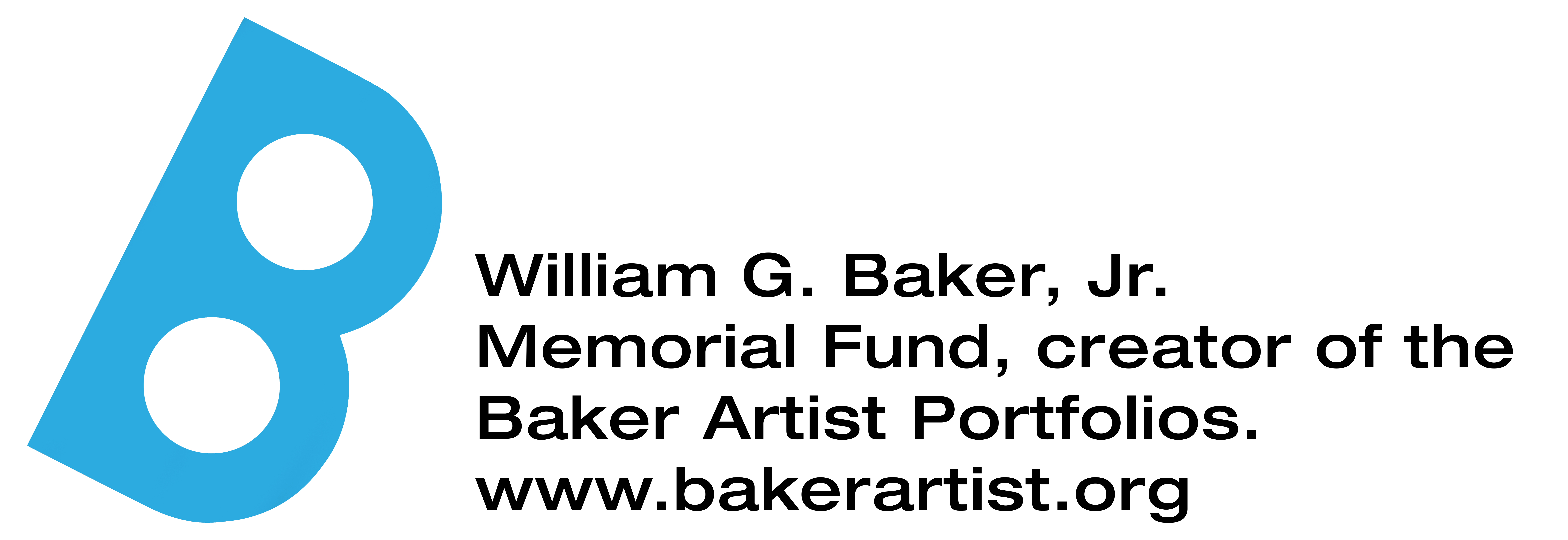Emanuel Ax, piano
Location: Shriver Hall
The consummate pianist Emanuel Ax brings a lifetime of authority to every musical setting—whether as a soloist with the world’s leading orchestras, chamber musician, Grammy-winning recording artist, or recitalist. With “bountiful imagination, delicacy when called for and thundering power” (The New York Times) he returns to Shriver Hall performing essential repertoire including Beethoven's beloved "Moonlight" Sonata.
“Mr. Ax plays with youthful brio, incisive rhythm, bountiful imagination, delicacy when called for, and thundering power” —The New York Times
What You'll Hear
About the sponsor
Zarelda Fambrough, known as "Zee" to all, is remembered as a quietly enthusiastic and caring person, known for her support of the arts, for her love of nature (for many years she chaired of the Science Department at St. Paul's School for Girls), and for her work with adult literacy. She and her husband, Dr. Douglas Fambrough, a retired Professor of Biology at The Johns Hopkins University and amateur pianist, supported Shriver Hall Concert Series for decades, with Doug serving on the Board of Directors from 1986 to 2010. Doug and Zee endowed this annual concert in 2000 with the hope of inspiring others to support SHCS through major donations and planned gifts; Doug dedicated it to Zee's memory in 2017.

Emanuel Ax
Born to Polish parents in what is today Lviv, Ukraine, Emanuel Ax moved to Winnipeg, Canada, with his family when he was a young boy. Ax made his New York debut in the Young Concert Artists Series, and in 1974 won the first Arthur Rubinstein International Piano Competition in Tel Aviv. In 1975 he won the Michaels Award of Young Concert Artists, followed four years later by the Avery Fisher Prize.
In recognition of the 50th anniversary of his first appearance with the orchestra, his 2025-26 season begins with the Philadelphia Orchestra in Carnegie Hall on October 31. The fall also includes an Asian tour that will take him to Tokyo, Seoul, and Hong Kong. Following its world premiere at Tanglewood in summer 2025, the concerto written for him by John Williams will have its Boston Symphony subscription debut in January with the N.Y. premiere one month later with the New York Philharmonic. As a guest artist he will return to orchestras in Dallas, St. Louis, Los Angeles, San Francisco, Pittsburgh, Charleston, Madison, Naples, and New Jersey. In recital he can be heard in Philadelphia, Baltimore, Santa Barbara, Des Moines, Cedar Falls, Schenectady, and Princeton. An extensive European tour will include concerts in Munich, Prague, Berlin, Rome, and Torino.
Emanuel Ax has been a Sony Classical exclusive recording artist since 1987 and following the success of “Brahms: The Piano Trios” with violinist Leonidas Kavakos and cellist Yo-Yo Ma, the trio launched an ambitious, multi-year project to record all the Beethoven Trios and Symphonies arranged for trio of which the first three discs have been released. He has received Grammy Awards for the second and third volumes of his cycle of Haydn’s piano sonatas. He has also made a series of Grammy-winning recordings with Ma of the Beethoven and Brahms sonatas for cello and piano. In the 2004-05 season Ax contributed to an International Emmy Award-Winning BBC documentary commemorating the Holocaust that aired on the 60th anniversary of the liberation of Auschwitz. In 2013, Ax’s recording “Variations” received the Echo Klassik Award for Solo Recording of the Year (19th Century Music/Piano).
Ax is a Fellow of the American Academy of Arts and Sciences and holds honorary doctorates of music from Skidmore College, New England Conservatory of Music, Yale University, and Columbia University.
Emanuel Ax's website is EmanuelAx.com.
“Ax’s plush tone and intense focus creates the sensation of floating in air and yet being somehow rooted to the earth. Time feels as though it stood still and yet the piece seemed to be over in an instant. I can explain none of this. The experience was exceptional.” —The Los Angeles Times
Ludwig van Beethoven (1770-1827)
Sonata No. 13 in E-flat major, Op. 27, No. 1, "quasi una fantasia"
View NotesTestimony abounds to Beethoven’s prowess as an improviser—a key test of musicianship in the 18th and 19th centuries, and a vital element in Beethoven’s creative process. A rival virtuoso reportedly exclaimed: “I have never heard anyone play like that! He improvised on a subject that I had given him in a manner that I have not heard even from Mozart.” Extemporizing at the keyboard became even more important after increasing deafness forced Beethoven to curtail his performing activity around 1805. Three or four years later, the composer expressed his thoughts on the subject in words that reflect his growing dependence on his inner voice: “Real improvisation comes only when we are unconcerned [with] what we play, so—if we want to improvise in the best, truest manner in public—we should give ourselves over freely to what comes to mind.”
The improvisatory impulse is at the heart of the two closely related sonatas that comprise Beethoven’s Op. 27. Both date from 1801, the year the composer first divulged his incipient deafness to friends, and both are both marked “quasi una fantasia” (like a fantasy). In the 18th century the genre of the keyboard fantasy—a rhapsodic, free-form piece exempt from the rules of strict composition —was associated with composers like J.S. Bach, his son Carl Philipp Emanuel, and Mozart. Beethoven took the fantasy principle one step further by applying it to these multimovement solo sonatas. Seven years later, he would work on an even larger scale in the so-called Choral Fantasy for piano, chorus, soloists, and orchestra.
The Sonata in E-flat major is laid out in the conventional four movements, but Beethoven instructs that they are to be played in a most unconventional manner, without breaks. (The Italian musical term he uses, attacca, can mean either “attack” or, more neutrally, “attach.”) Each movement is further subdivided into discrete sections of sharply contrasting characters. Far from jettisoning form altogether, Beethoven structures the sonata as a sequence of symmetrical units: the first and last movements are rondos, each based on a cyclically recurring theme, while the middle two are cast in simpler ternary form (ABA). This traditional framework is clearly audible and provides a sturdy support for Beethoven’s free flights of fantasy and invention.
© Harry Haskell, 2025
John Corigliano (b. 1938)
Fantasia on an Ostinato
View NotesOstinato is the musical term for a repeating rhythmic, melodic, or harmonic pattern—in other words, music that is static and unchanging. The essence of the fantasia, on the other hand, is freedom and spontaneity. American composer John Corigliano, recipient of the Pulitzer Prize, five Grammys, and an Academy Award, sought to reconcile these seemingly antithetical characteristics when he was commissioned to write a piece to be played by contestants in the 1985 Van Cliburn International Piano Competition. Fantasia on an Ostinato is based on the chugging rhythmic pattern (long-short-short-long-long), and its associated harmonies, that underpins the second movement of Beethoven’s Seventh Symphony. After an exploratory introduction, Beethoven’s rhythmic motto emerges amid inchoate fragments of melody and harmony. Thereafter, the ostinato floats in and out of hearing, almost as conspicuous in its absence as in its presence. The dream-like quality of the music is heightened by the free-form middle section, in which the pianist improvises on “a series of interlocking repeated patterns.” The end of the work circles back to the beginning, with the return of Beethoven’s rhythm and theme.
© Harry Haskell, 2025
Ludwig van Beethoven (1770-1827)
Sonata No. 14 in C-sharp minor, Op. 27, No. 2, “Moonlight”
View NotesThe brooding intensity of the “Moonlight” Sonata has long made it one of Beethoven’s iconic works. The subtitle originated with the poet-critic Ludwig Rellstab, who likened the music to “a barque in the moonlight in sight of the wild landscape of Lake Lucerne in Switzerland.” Like the slightly later “Tempest” Sonata—whose characteristic arpeggios, fantasia-like episodes, and moodily atmospheric harmonies make it a natural pendant to the “Moonlight”—the C-sharp-minor Sonata may reflect Beethoven’s despondency as he struggled to come to terms with his loss of hearing, a crisis that would prompt him to give literary expression to his anguish and faith in the moving “Heiligenstadt Testament” of 1802.
Beethoven designated Op. 27, No. 2 a “sonata quasi una fantasia,” and indeed the work unfolds in a dreamy, almost improvisatory fashion, starting with its unconventional slow movement, a radical departure from the traditional first-movement sonata-form allegro. The quiet, persistently lapping triplets that open the Adagio sostenuto eventually make way for a plaintive, funereal melody that rises and falls like a drawn-out sigh. (Years later Beethoven cryptically recalled that he “had improvised the Adagio in a black-lined room by the dead body of a friend.”) The first movement leads without a break to an unexpectedly lighthearted Allegretto in 3/4 time, after which the sonata concludes with a restless Presto agitato that is almost savage in its unrestrained fury.
© Harry Haskell, 2025
Robert Schumann (1810-1856)
Arabeske in C major, Op. 18
View NotesIn the seven years before his marriage to Clara Wieck in 1840, Schumann created some of his greatest solo piano works, including the First and Second Sonatas, Kreisleriana, the monumental Fantasie in C major, and this lightweight pendant in the same key. Schumann’s infatuation with Clara, a budding pianist-composer who was ten years his junior, found expression in almost everything he wrote; her father’s implacable opposition to the match only succeeded in making their hearts grow fonder. As Robert lived in Leipzig and Clara in Vienna, the young lovers were obliged to conduct their clandestine courtship largely through letters and music. With characteristic impetuousness, Schumann declared that his Sonata No. 1 in F-sharp minor, Op. 11, was “a cry from my heart to yours.”
Schumann wrote the Arabeske during a seven-month sojourn in Vienna between October 1838 and April 1839. Although his hopes of settling there permanently with Clara were soon dashed, he put his time in the Austrian capital to good use by composing and revising a cluster of piano pieces. Among them were three that he described in a letter to a friend as “a Humoreske, to be sure of a more melancholy sort, and a Blumenstück and an Arabeske, which are of less importance; the titles say all there is to know, and I am quite blameless that the stems and fronds are so frail and delicate.” Compared to the fiercely challenging Humoreske, the Arabeske makes only moderate demands on the pianist’s technique. With an eye on the lucrative amateur market, Schumann said he aspired to become “the favorite composer of all the ladies of Vienna.”
The repetitive, rondo-like structure of the Arabeske (A-B-A-C-A) recalls an earlier title that Schumann apparently considered and rejected: “Rondelett.” The recurring A section consists of delicate, rippling figurations in C major, a key traditionally associated with simplicity and artlessness. Schumann modulates to E minor for a more sedate interlude, then returns to the opening music by way of a ruminative transition. A second minor-key excursion ensues, this time in A minor, briefer and more forceful in character than the first. A final statement of the rondo theme is followed by a tender, dreamy coda.
© Harry Haskell, 2025
Robert Schumann (1810-1856)
Fantasie in C major, Op. 17
View NotesThe lines by Schlegel that Schumann attached to the Fantasie as an epigraph were clearly meant for Clara: “Through all the tones in Earth’s many-colored dream, a quietly drawn-out tone sounds for one who listens secretly.” The germ of the work consisted of a single movement titled “Ruins,” doubtless reflecting the lovesick composer’s despondency. Schumann later expanded it into a memorial triptych to Beethoven with the addition of panels labeled “Trophies” and “Palms.” By early 1838, however, he had reverted to his original conception, telling Clara that “the first movement is probably the most passionate I have ever written—a deep lamentation for you.” For her part, Clara was especially taken with the second movement, in which she heard “an entire orchestra.” By the time the Fantasie was published in 1839, she was on the verge of defying her father and openly declaring her love for Schumann.
Underlying the score are the contrasting personalities of Schumann’s literary alter egos, the stormy, impulsive Florestan and the dreamy, ruminative Eusebius. (As editor of the Neue Zeitschrift für Musik, Germany’s leading music journal, Schumann had invented them “in order to express different points of view on artistic matters.”) Florestan takes center stage at the outset of the Fantasie, as a broad, majestic melody soars above rippling 16th notes. But the gentle spirit of Eusebius dominates the first movement’s prayer-like middle section and the tender Adagio at the end, in which Schumann quotes a poignant snatch of melody from the song Beethoven wrote to his own “distant beloved.” The second movement is a crisply energetic march pulsing with rhythmic vitality; the boldly annunciatory main theme returns several times in different guises. The finale owes its dreamy mood to Schumann’s searching harmonies and his characteristic technique of embedding the melody in a rich skein of figuration.
© Harry Haskell, 2025




